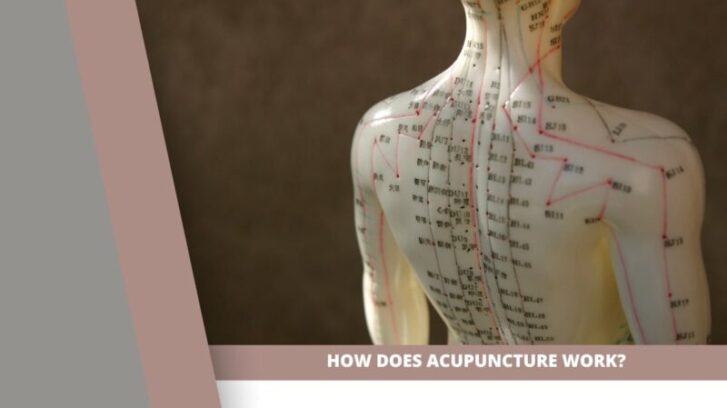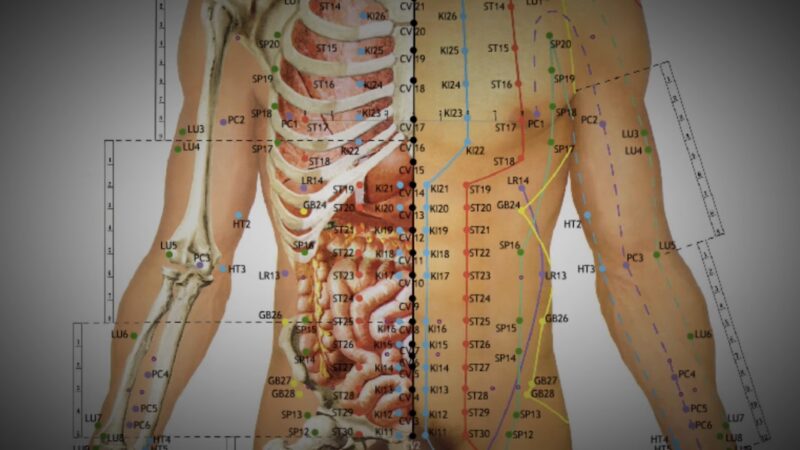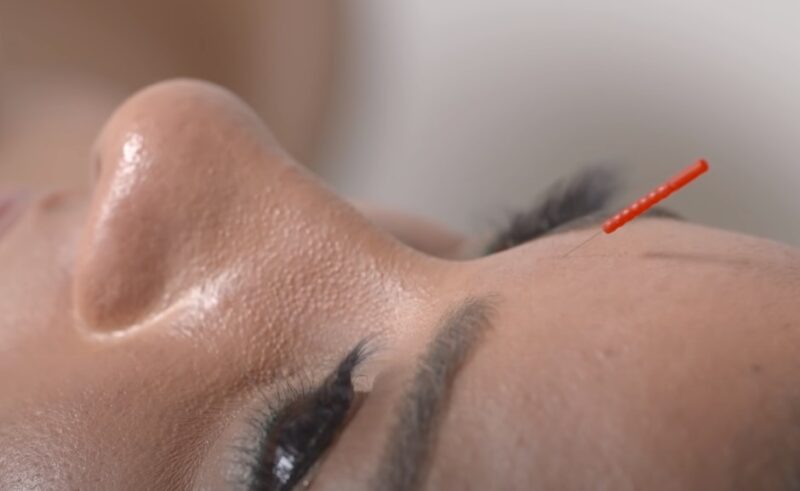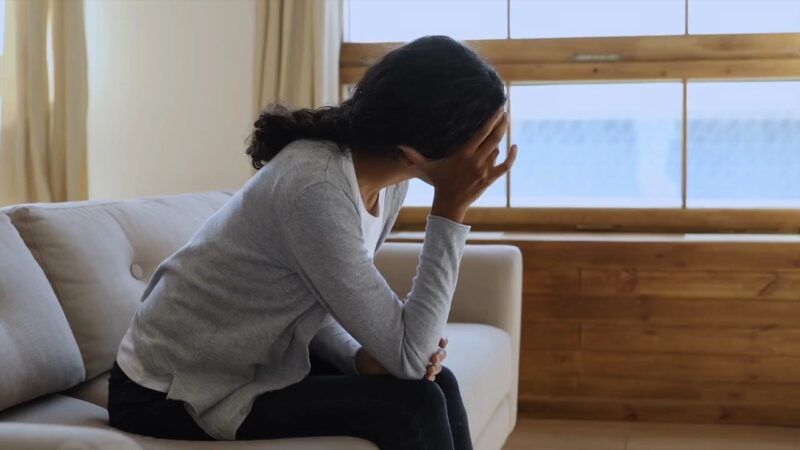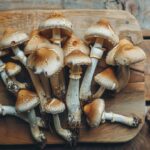The roots extend deep into the soil of ancient Chinese civilization, with evidence of its practice dating back thousands of years. Its origins are often attributed to the Daoist philosophers, who observed the rhythms of nature and the cosmos, translating these patterns into a system of medicine that still resonates today.
With its tendrils reaching every continent, acupuncture has made a place for itself in modern healthcare, serving as a cornerstone in the field of integrative medicine.
While it was once seen as a fringe practice in Western medicine, today is increasingly accepted as a potent therapeutic intervention. Its global recognition stems from its effectiveness in treating a wide range of conditions and its minimal side effects.
Many contemporary medical practitioners and researchers are embracing acupuncture, sparking a wealth of research to further uncover its mechanisms and potential applications.
Acupuncture Theory in Traditional Chinese Medicine (TCM)
In the heart of acupuncture theory lies the concept of Qi (pronounced “chee”), a vital energy or life force that circulates within the body. Qi flows through specific pathways known as meridians, maintaining health and vitality. Imbalance or disruption in this flow results in disease and is utilized to restore harmony.
The meridians are also associated with the Yin-Yang theory, another key principle of TCM. Yin and Yang represent opposite, yet complementary, forces in the universe. Illness is considered to be a result of an imbalance of these forces within the body. Acupuncture is believed to rebalance Yin and Yang by adjusting the flow of Qi, thereby promoting health and wellness.
Points and Meridians
The human body is mapped with an intricate network of meridians, along which hundreds of acupuncture points (acupoints) are located. These acupoints serve as junctures where Qi can be accessed and manipulated.
Each point corresponds to specific physiological functions and health conditions, making the art of acupuncture a skill of precision and deep understanding.
Meridians are linked to specific organs or systems in the body. For instance, the Lung Meridian, which begins in the thoracic region, impacts respiratory health. Needling certain points along this pathway can help address respiratory issues.
This illustrates the complex and holistic nature of acupuncture, which goes beyond addressing isolated symptoms and seeks to restore the body’s overall equilibrium.
The Science Behind
Despite its roots in ancient philosophy, modern science provides intriguing insights into how might function at a physiological level. Current theories suggest that needling acupuncture points can stimulate the nervous system, triggering the release of biochemicals and hormones that promote healing and well-being.
Moreover, research has suggested that it can affect both the endocrine system, which controls hormones, and the immune system, which protects the body from disease. It appears that the simple act of inserting a needle can set off a cascade of biological responses, potentially explaining why acupuncture can have wide-ranging health benefits.
Pain Relief
One of the most acknowledged benefits of acupuncture is its impact on pain management. It’s believed that acupuncture needles stimulate the release of endorphins – the body’s natural painkillers. These neurotransmitters help to reduce pain and induce a feeling of euphoria.
In addition, acupuncture is thought to disrupt pain signals to the brain, reducing the perception of pain. Studies have shown that can be effective for various types of pain, including chronic back pain, osteoarthritis, and migraines.
Its role in pain management highlights acupuncture’s potential as a non-pharmacological intervention in an era where dependency on painkillers is a significant concern.
The Role of Acupuncture in Stress Management and Mental Health
It is increasingly recognized for its potential in managing stress and improving mental health. This ancient practice is believed to stimulate the parasympathetic nervous system, the part of our nervous system responsible for rest, digestion, and recovery, promoting relaxation and reducing stress.
Research also suggests that acupuncture can affect neurotransmitter levels, such as serotonin and dopamine, which are vital for mood regulation. Consequently, acupuncture is being investigated as a potential treatment for a range of mental health issues, including anxiety and depression, offering a natural alternative to traditional pharmaceutical approaches.
Chronic Conditions
The application of acupuncture extends beyond pain and stress management, with growing evidence supporting its efficacy in managing a variety of chronic conditions. Conditions like migraines, arthritis, and even insomnia have been shown to respond positively to acupuncture.
The effectiveness in treating these conditions is often attributed to its ability to target multiple systems of the body simultaneously, rebalancing energy, and promoting self-healing.
While further research is needed to fully comprehend the scope of acupuncture’s potential, current findings certainly indicate a promising role for this ancient practice in managing chronic conditions.
The Acupuncture Procedure
Detailed Consultation:
Before commencing the acupuncture session, the acupuncturist conducts a comprehensive consultation with the patient. This involves discussing the patient’s health condition, medical history, lifestyle factors, and any specific concerns or symptoms they may have. Understanding these details helps the acupuncturist assess the patient’s overall well-being and determine the most appropriate treatment approach.
Identification of Acupoints:
Based on the information gathered during the consultation, the acupuncturist identifies the specific acupoints to be targeted during the session. Acupoints are selected based on their association with the patient’s condition and the principles of traditional Chinese medicine. The acupuncturist may examine the patient’s pulse, tongue, and physical characteristics to aid in the selection process.
Needle Insertion:
Once the acupoints are determined, the patient is asked to lie down on a comfortable treatment table. The acupuncturist uses sterile, single-use needles for each session to ensure safety and prevent the risk of infection.
The needles used in acupuncture are extremely thin and flexible, often compared to a strand of hair. The acupuncturist gently inserts the needles into the predetermined acupoints with precise technique and minimal discomfort. The depth of insertion varies depending on the location of the acupoint and the desired therapeutic effect.
De Qi Sensation:
As the needles are inserted, patients may experience a unique sensation known as “De Qi.” De Qi is often described as a feeling of heaviness, numbness, warmth, or tingling at the needle site or along the meridian pathway.
This sensation is considered an important aspect of acupuncture therapy and is believed to indicate effective stimulation of Qi, signaling that the body’s energy is being accessed and activated. The acupuncturist may gently manipulate the needles to enhance the De Qi sensation and ensure optimal therapeutic outcomes.
Treatment Duration:
The duration of an acupuncture session can vary, typically lasting between 20 to 45 minutes. During this time, patients are encouraged to relax and remain still while the needles remain in place. Some acupuncturists may incorporate additional techniques such as moxibustion (the application of heat) or electrical stimulation to enhance the effects of acupuncture.
Risks and Side Effects
Soreness:
Following an session, it is common for patients to experience mild soreness or tenderness at the needle insertion sites. This discomfort is usually temporary and subsides within a few hours or days. Applying a warm compress or gentle massage to the affected areas can help alleviate any lingering soreness.
Minor Bleeding or Bruising:
Occasionally, minor bleeding or bruising may occur at the needle sites. This can happen if a blood vessel is inadvertently punctured during the insertion process. While this is generally harmless and resolves on its own, it is important to inform the acupuncturist if any excessive bleeding or bruising occurs.
Rare Complications:
Although rare, serious complications can occur from acupuncture. These include infections at the needle insertion sites or injury to underlying structures such as nerves or organs. These complications are typically associated with improper technique, unsterilized needles, or inadequate training. It is crucial to seek acupuncture treatment from a qualified and experienced practitioner who follows stringent safety protocols to minimize such risks.
Safety Precautions:
To ensure a safe acupuncture experience, it is essential to choose a licensed acupuncturist who has undergone rigorous training and certification. Qualified practitioners adhere to strict hygiene practices, using sterile, disposable needles for each patient. They also maintain a clean and sterile treatment environment. By following these safety precautions, the risk of adverse effects can be significantly reduced, allowing
Conclusion
As we look toward the future of healthcare, it’s clear that acupuncture has an increasingly important role to play. As more research emerges supporting its effectiveness and shedding light on its mechanisms, we can expect to see an even wider acceptance of this ancient art in Western medicine.
This integration promises a more holistic approach to healthcare, one that respects the intricate interconnectedness of the human body and the mind.
From pain relief to stress management, the potential applications of acupuncture are vast, making it a promising tool in the landscape of integrative healthcare. The journey of understanding and harnessing the full potential continues, blending the wisdom of ancient traditions with the revelations of modern science.

